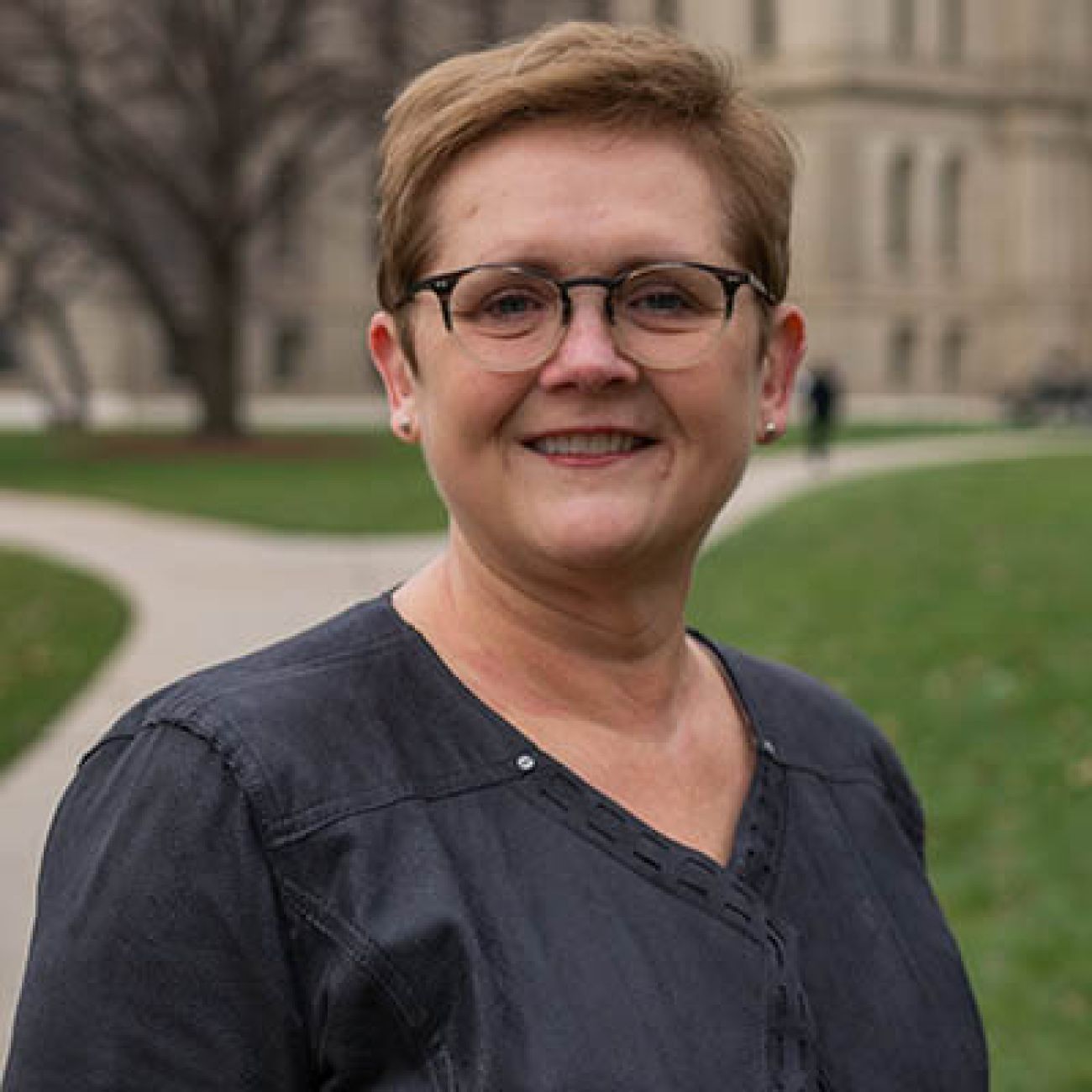Michigan targets prosperity in plan to boost training and wages for workers

- Michigan releases a plan to increase the workforce, worker skills and state prosperity
- The plan draws on initiatives in several state departments, including those focused on education and job growth
- It comes as scrutiny builds over Michigan’s lackluster performance when compared to other states, including on incomes
Michigan is rolling out a plan to boost prosperity in the state by aligning initiatives, currently scattered among various state departments, that seek new and higher-paying jobs and better-trained workers.
The new Michigan Statewide Workforce Plan is the first time the state has laid out a formal vision to increase its often-lackluster rankings against other states in job growth and wages.
“It’s just critically important as we look at the next four years that we have a common framework,” Susan Corbin, director of the Michigan Department of Labor and Economic Opportunity, told Bridge Michigan on Tuesday.
Related:
- In Michigan, 60% of jobs don’t pay middle-class wages. Can state stop slide?
- Michigan lawmakers eye retooling corporate subsidies to target high-wage jobs
- See where Michigan is giving corporate subsidies for expansions, new jobs
The plan touches initiatives in several state departments, including pre-K to post-secondary education, economic development, and workforce development, Corbin said.
“Every Michigander deserves a fair shot at success, and it’s our collective responsibility to ensure opportunity reaches every corner of the state,” Gov. Gretchen Whitmer said Tuesday in a statement about the plan.

The plan has three objectives:
- Boost all forms of post-high school educational attainment: Michigan’s Sixty by 30 program calls for 60% of working-age adults to have a skill certificate or college degree by 2030. Today, 51.1% have reached that milestone, up from 50.5% in 2021, when the national average was 53.7%.
- Increase access to education and employment so that 75,000 low-income state households — about 2% of the state’s 4 million households — attain middle-class earnings. That would be from $44,657 - $133,972 per year, depending on family size.
- Better connect businesses to skilled workers so that Michigan can make a big leap into becoming a Top 10 state for labor force participation by the end of 2027. In 2022, a Business Leaders for Michigan report noted that Michigan ranked 39th in the U.S.
Included in all three pillars are equity goals, including ensuring that Black and Hispanic families are part of the income growth, and increasing the number of women in apprenticeships.
Changes also can be made to the goals in the future, if needed, Corbin said, such as updating how to meet employer needs as the automotive industry moves further toward electrification.
“We want to make sure that we're building a talented workforce to meet the needs of employers today, but then also the jobs that we know are going to be created in the future,” Corbin said. “We want to make sure that people in Michigan have the skills that they need for those jobs.”
The plan comes out as Michigan faces scrutiny over its economic progress, with warnings sounded over falling household incomes and population losses that threaten job growth.
A Bridge Michigan investigation published last week also showed that the state spent $335 million on economic development incentives to create jobs in 2023, but 40% of the awards were made to companies planning to pay average wages lower than the state’s median of $45,510 (just under $22 per hour).
“We are not where we want to be,” Corbin told Bridge. “Setting these goals gives us something to strive for.”
The new plan combines some existing initiatives with others proposed by Whitmer for the coming year’s budget. Among them are the $60 million proposal for what she’s calling an Innovation Fund.
Corbin said her hope is that the goals laid out in the plan will overcome difficulties caused by Michigan’s decentralized educational system.
“We've got over 500 public school districts,” Corbin told Bridge. “We've got 31 public and tribal community colleges, 15 public universities, and 24 Independent colleges.”
Beyond that, she added, are 16 Michigan Works! employment agencies across the state that operate 100 service centers.
The plan was approved Monday by the Michigan Workforce Development Board, whose members are appointed by Whitmer. (The 30-member advisory board has six vacancies.)
Several state departments developed the plan with input from leaders from labor, business, community groups and other economic and workforce development leaders, Corbin said. According to a 2022 MEDC survey, hiring and locating talent was the top concern for Michigan small businesses.
“Now the harder work begins,” Jeff Donofrio, president and CEO of Business Leaders for Michigan and interim chair of the Workforce Development Board, said in a statement.
Next, he said, is for the departments involved to work on the strategies “around increasing the number of Michiganders with a degree or credential, removing barriers to opportunities, and enabling entrepreneurial and business growth so that we can achieve these goals.”
Business Watch
Covering the intersection of business and policy, and informing Michigan employers and workers on the long road back from coronavirus.
- About Business Watch
- Subscribe
- Share tips and questions with Bridge Business Editor Paula Gardner
Thanks to our Business Watch sponsors.
Support Bridge's nonprofit civic journalism. Donate today.
See what new members are saying about why they donated to Bridge Michigan:
- “In order for this information to be accurate and unbiased it must be underwritten by its readers, not by special interests.” - Larry S.
- “Not many other media sources report on the topics Bridge does.” - Susan B.
- “Your journalism is outstanding and rare these days.” - Mark S.
If you want to ensure the future of nonpartisan, nonprofit Michigan journalism, please become a member today. You, too, will be asked why you donated and maybe we'll feature your quote next time!




